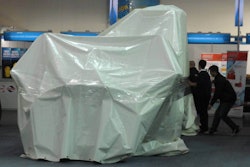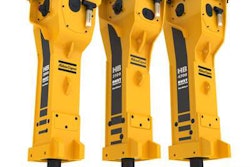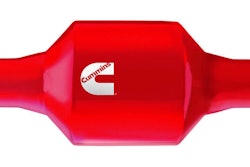Editor’s Note: This is the second in a monthly series of short articles from John Deere that highlight emissions and sustainability topics, providing information and tips for contractors to help them best manage their fleets.
During the last several years, Canadian off-road emissions regulations have been aligned with U.S. EPA regulations; however, there are some key differences. Knowing the similarities and differences will help both Canadian and U.S. contractors better manage their fleets.
A little history first: in 2005, Canada first required off-road diesel engine and equipment manufacturers to meet U.S. EPA emissions standards. Specifically, Canada adopted U.S. EPA Tier 2 and 3 standards, depending on engine horsepower, for model year 2006 and later diesel engines.
Now, regarding U.S. Interim Tier 4 and Final Tier 4 standards, Canada has yet to publish proposed or final regulations adopting these standards. You should expect Canada to align with U.S. standards, though their timing will differ. Some U.S. EPA Tier 4 standards are currently effective for lower engine power classes that do not require aftertreatment. There are also some differences to keep in mind for engines in certain applications, such as those in underground mines.
On a local level, some in-use rules are starting to develop in Canada, just as we have seen in the U.S. Remember that the term “in-use” refers to existing engines that are already in contractors’ equipment fleets.
As part of its “Diesel Emission Reduction Program,” Metro Vancouver is currently considering a very unique “Non-Road Diesel Emissions Initiative.” As proposed, this program, among other things, would impose regulatory fees to promote retrofitting, re-powering or replacement of Tier 1 and Tier 0 off-road engines, which were made prior to the U.S. EPA’s enactment of off-road standards in 1996, along with the establishment of an incentive trust fund to assist with these efforts.
Sound familiar? Just like in the U.S., options for complying with in-use rules include installing retrofit devices, re-powering equipment and renting or purchasing new machines.
If you’re a contractor doing business in Canada, be aware of the areas with the highest levels of PM and ground-level ozone; these areas are more likely to see in-use regulations in the future. Your local dealer should be monitoring the situation as well so they can help you implement the right emissions reduction solution for your equipment.












